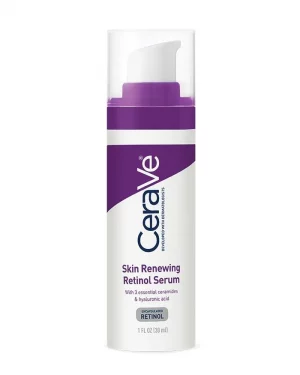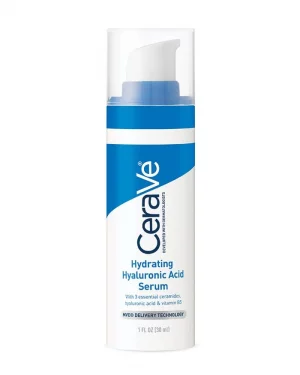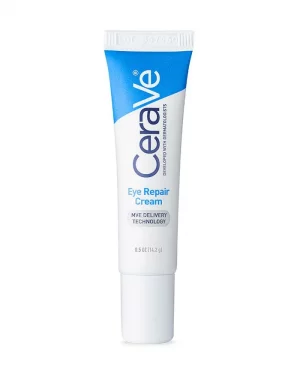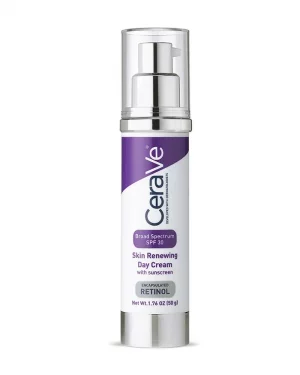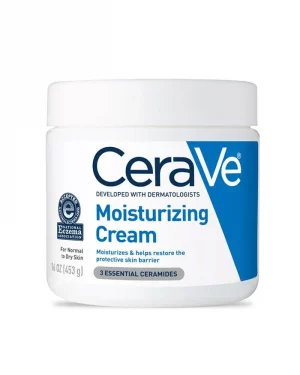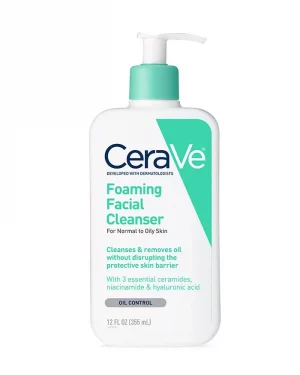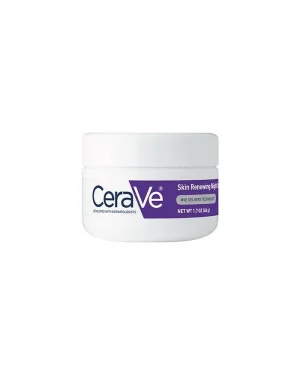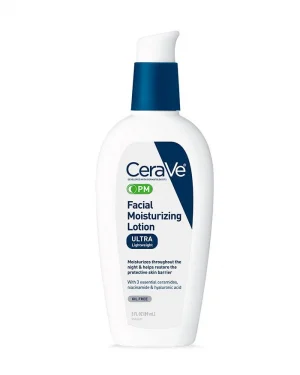Hyaluronic Acid
Have you hit your 30’s with dehydrated, dull, and wrinkled skin? Did you miss the plump and bouncy skin of your 20s? Though you get a balanced diet, your skin loses its dewy nature and full texture. We have the answer to your worries. The protective skin barrier breaks up as we grow older due to moisture loss, collagen, and hyaluronic acid. The word hyaluronic and collagen is present on the ingredient list of serums, creams, and moisturizers.
So, what is hyaluronic acid? Hyaluronic acid is a non-sulfated glycosaminoglycan, i.e., a sugar molecule naturally present in our bodies. It is allocated in neural, epithelial, a connective tissue. The skin structure is built up by collagen in our dermis. The collagen molecule has two ends. The naturally produced hyaluronic acid binds to one side, and its tail links to water molecules while trapping water inside the cells. It is produced synthetically to facilitate hyaluronic injections and supplements.
Important Things to Know about Hyaluronic Acid
What Does Hyaluronic Acid Do to Your Skin?
Hyaluronic acid acts as a humectant and sustains the maximum water weight in the skin, keeping it fuller and fresh. However, growing age causes cell degeneration due to moisture evaporation and decreases collagen in the skin. So, the topical humectant is the need of the hour to save the skin from further reduction.
It is present in skincare and makeup products with lower to higher concentrations. When applied to the skin, it instantly fills in the water spaces between cells, and prolonged usage will reduce fine lines and soften facial wrinkles.
What Are the Benefits of Hyaluronic Acid?
The primary benefit of hyaluronic acid is hydration. The anti-wrinkle property is facilitated by hyaluronic acid because as long as the skin has moisture, it will remain fresh and plumper. The collagen end will provide enough glue to bind the epithelial tissues together, balancing the lipid barrier.
For eyes, it will remove cataracts to keep the eye from drying-ness, and for joints, it will help cure knee osteoarthritis by injecting hyaluronic acid into the knee. Pain-relieving gels containing hyaluronic acid will remove the swelling and soothe the joints or muscles.
How Does Hyaluronic Work?
Hyaluronic acids work on all skin types. Our connective tissues hold the naturally produced hyaluronic acid that keeps the cell moisture intact, leaving the skin plumper, softer, and wrinkles-free. But with age, it reduces due to an unbalanced diet, adverse environmental factors, and hormonal disturbances, so we have to introduce lab-made hyaluronic acid into the skin. It is made from bacteria and rooster comb synthetically.
The serums, creams, and lotions are applied directly onto the skin. Some hyaluronic acid concentrations come in injections as derma fillers and are primarily available in supplements. It addresses skin issues by balancing the binding connective tissues and restoring the lipid bilayer to maintain elasticity and moisture for healthier, less wrinkled skin.
When applied topically, it mainly reduces fine lines but does not stimulate collagen production. Supplements and injections containing hyaluronic acid can boost cell turnover, producing collagen and restoring skin elasticity. It can also enhance efficiency using other products like retinoids, AHAs, BHAs, and moisturizers.
Who Should Use Hyaluronic Acid?
Anyone can use topical Hyaluronic acid. Dermatologists suggested the right age to start hyaluronic acid in the form of creams and lotions is 25. Furthermore, hyaluronic acid injections can be introduced when the skin starts appearing dull and saggy. They are in the form of derma fillers, botox, etc. Likewise, patients suffering from eye infections, joint problems, muscle swelling, and nasal problems can also use hyaluronic acid as per the doctor’s suggestion. In muscular connective tissues, it plays the role of lubrication to improve adjacent layers’ sliding and movement and cushioning effect.
How Do You Use Hyaluronic Acid?
In skincare products, it acts as a humectant, drawing water into the skin. The serums, creams, and gels must be applied after proper cleansing, and while the skin is still damp, use hyaluronic acid and leave it to air dry. Afterward, apply moisture to seal in all the moisture. An average dose of 150 to 300mg in supplements is sufficient to boost the cell’s ability to store moisture. In injections depending on the prescription and patient’s requirement, the dose would be advised to incorporate the dermis layer.
Can Hyaluronic Acid Be Used on the Body?
Yes, it is safe to use on the body. However, if there are some injuries, cuts, bruises, and internal lesions, it is always better to take the doctor’s advice first. The hyaluronic addresses various issues regarding the human body. From skin to nasal, eye, osteoarthritis, kidney and ureter infection, vaginal problems, heartburn, muscular swelling, etc.
Can Hyaluronic Acid Be Used With Other Skincare Ingredients?
Hyaluronic acid works well with many skincare products, like retinol, lactic acid, AHAs, BHAs, and niacinamide. Some products act like emollients that produce moisture, and Hyaluronic acid acts like a humectant to lock in this moisture. Some peeling products need moisture after application.
Conclusion:
All in all, it enhances the product’s credibility. By and large, Hyaluronic acid is a versatile substance for moisture retention and cell lipid balance. It also serves to address various body issues as well. Dermatologists regard it as a star ingredient and recommend it often.
Explore Other Ingredients
Products Containing Hyaluronic Acid
- Rated 5.00 out of 5(0)
₨7,850.00Original price was: ₨7,850.00.₨4,850.00Current price is: ₨4,850.00. Add to cart - ₨3,200.00 – ₨7,650.00 Select options This product has multiple variants. The options may be chosen on the product pageRated 5.00 out of 5(0)
- ₨1,950.00 – ₨8,950.00 Select options This product has multiple variants. The options may be chosen on the product page
- ₨3,295.00 – ₨3,995.00 Select options This product has multiple variants. The options may be chosen on the product page

